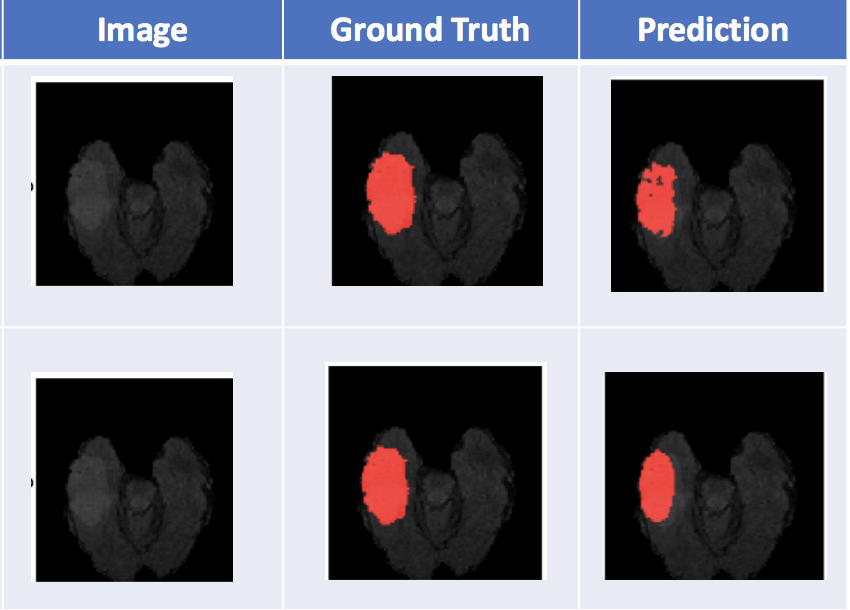A collection of UNet and hybrid architectures for 2D and 3D Biomedical Image segmentation, implemented in PyTorch.
This repository contains a collection of architectures used for Biomedical Image Segmentation, implemented on the BraTS Brain Tumor Segmentation Challenge Dataset. The following architectures are implemented
- UNet - Standard UNet architecture as described in the Ronneberger et al 2015 paper [reference]
- Small UNet - 40x smaller version of UNet that achieves similar performance [Theano Implementation]
- UNet with BDCLSTM - Combining a BDC-LSTM network with UNet to encode spatial correlation for 3D segmentation [reference]
- kUNet - Combining multiple UNets for increasing heirarchial preservation of information (coming soon) [reference]
-
R-UNet - UNet with recurrent connections for another way to encode
$z$ -context (coming soon)
First, apply for access the BraTS Tumor dataset, and place the scans in a Data/ folder, divided into Train and Test. Feel free to modify the BraTS PyTorch dataloaders in data.py for your use.
- UNet - run
main.py, type--helpfor information on arguments. Example:python main.py --train --cuda --data-folder "./Data/" - Small UNet - run
main_small.py, and use--help - BDC-LSTM - run
main_bdclstm.pyand use the weights for either your trained UNet or Small-UNet models (--helpis your savior).
- Comparisons of UNet (top) and Small UNet (bottom)
- DICE Scores for UNet and Small UNet




